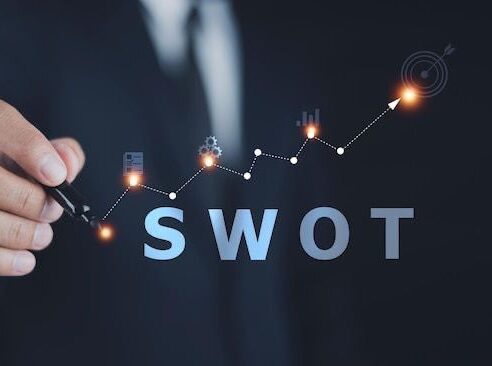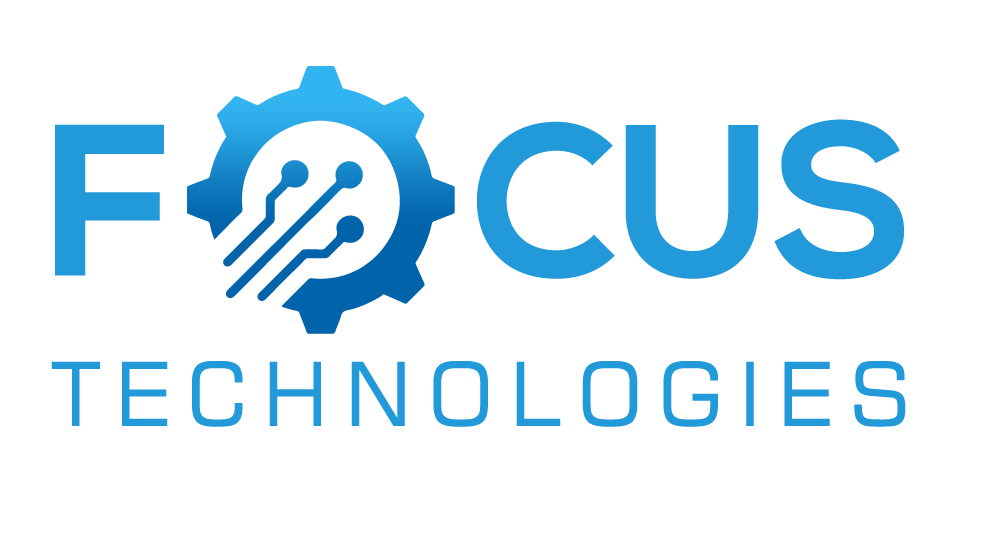bussiness
Quality, Compliance & Sustainability Practices
Excellence in Quality, Compliance & Sustainability

ISO Standards & Regulatory Compliance
Read More
Standards Compliance & Regulatory Excellence
We support organizations in meeting international ISO standards and regulatory requirements to ensure quality, safety, and credibility. Our tailored solutions help streamline compliance processes, reduce risks, and build a strong foundation for operational excellence.

Lean Six Sigma & Process Optimization
Read More
Process Excellence with Lean Six Sigma
We help organizations improve efficiency and reduce waste through Lean Six Sigma methodologies. By optimizing processes and enhancing quality, our approach drives continuous improvement, lowers costs, and boosts overall performance across operations.

ESG & Sustainability Integration
Read More
Sustainable Growth with ESG Integration
We help businesses incorporate Environmental, Social, and Governance (ESG) principles into their operations and strategy. Our approach drives responsible growth, improves stakeholder trust, and aligns your organization with global sustainability goals for long-term impact.

Supplier Quality Management
Read More
Ensuring external vendors meet organizational quality requirements

Supplier Quality Management
Read More
Supplier Quality Management (SQM) is the process of ensuring that products and services provided by suppliers meet the required quality standards and align with the organization's expectations. It involves evaluating, monitoring, and continuously improving supplier performance through audits, inspections, and performance metrics. Effective SQM includes setting clear quality requirements, conducting supplier assessments, and fostering strong communication to address any issues that arise. By collaborating with suppliers to improve quality, organizations can reduce defects, ensure timely deliveries, and minimize risks in the supply chain. A robust Supplier Quality Management system not only enhances product quality but also builds stronger, more reliable partnerships, contributing to overall business success.

Quality Benchmarking
Read More
Quality Benchmarking is the process of comparing an organization’s products, services, or processes against industry standards or the best practices of leading competitors. The goal is to identify areas of improvement by analyzing the quality levels achieved by top performers and understanding the methods they use to attain them. This comparison helps organizations set realistic quality goals, adopt proven strategies, and drive continuous improvement. By leveraging quality benchmarking, companies can identify performance gaps, optimize processes, and enhance customer satisfaction, ultimately staying competitive in the marketplace. It’s an essential tool for driving innovation and ensuring that quality standards evolve in line with industry trends.
bussiness
CompetitiveStrategy Development
"Crafting Sustainable Advantage: Building Effective Competitive Strategies for Market Leadership"

SWOT Analysis
Read More
SWOT analysis is a strategic planning tool used to evaluate a company’s internal strengths and weaknesses, as well as external opportunities and threats. By conducting a SWOT analysis, businesses can gain a clearer understanding of their competitive position in the market. Strengths refer to the company's advantages, such as unique capabilities, strong brand, or loyal customer base. Weaknesses highlight areas where the company may be lacking, such as resource constraints or operational inefficiencies. Opportunities identify emerging trends or market gaps that the business can capitalize on, while threats are external factors like competition or economic downturns that could harm performance. A thorough SWOT analysis helps organizations make informed decisions, mitigate risks, and leverage their strengths for long-term success.

Market Positioning Plans
Read More
Market positioning plans are strategic approaches designed to define how a company wants its brand, products, or services to be perceived by its target audience in comparison to competitors. The goal of market positioning is to establish a unique value proposition that resonates with consumers and differentiates the business in a crowded market. This involves analyzing consumer needs, competitor offerings, and market trends, and then crafting messaging, branding, and marketing strategies that align with the company's strengths. A well-executed market positioning plan helps create a distinct identity, build customer loyalty, and ultimately drive sales by effectively communicating the value of the business in a way that appeals to the right audience.

Business Model Innovation
Read More
Business model innovation refers to the process of developing new or improved ways for a company to create, deliver, and capture value. This can involve changes to the core elements of a business, such as its value proposition, revenue streams, customer segments, or distribution channels. By exploring new technologies, market trends, and customer needs, businesses can redesign their business models to stay competitive, adapt to disruptions, and unlock new growth opportunities. Business model innovation encourages companies to think creatively, challenge traditional approaches, and find more efficient, sustainable, or scalable ways to meet market demands. Ultimately, it helps businesses stay ahead of the curve, drive profitability, and ensure long-term success in a constantly evolving landscape.

Scenario Analysis
Read More
Scenario analysis is a strategic planning tool used to evaluate and prepare for possible future events or outcomes by exploring various scenarios and their potential impacts. It involves identifying key variables, uncertainties, and trends that could influence the business, and then constructing different plausible future scenarios. These scenarios can range from optimistic to pessimistic and help businesses anticipate potential risks and opportunities. By examining the potential consequences of each scenario, companies can develop flexible strategies and contingency plans to navigate uncertainties. Scenario analysis is particularly useful for long-term planning, as it helps organizations make informed decisions, reduce risks, and ensure resilience in a rapidly changing environment.
bussiness
InnovationManagement
"Driving Growth and Transformation through Effective Innovation Management"

Idea Generation Frameworks
Read More
Idea generation frameworks are structured approaches that help organizations systematically create and capture new ideas for innovation and problem-solving. These frameworks provide a clear process for brainstorming, evaluating, and refining ideas to ensure they align with business goals and customer needs. Common frameworks include techniques like design thinking, SCAMPER (Substitute, Combine, Adapt, Modify, Put to another use, Eliminate, Reverse), and mind mapping, which encourage creativity and collaboration among teams. By fostering a structured environment for idea generation, businesses can unlock fresh perspectives, improve product development, and stay ahead of competitors in a rapidly evolving market.

Product Lifecycle Management
Read More
Product Lifecycle Management (PLM) refers to the process of managing the entire lifecycle of a product, from its initial concept and design through production, use, and eventual disposal or recycling. PLM integrates people, processes, business systems, and information to streamline product development, improve quality, reduce costs, and ensure compliance with regulations. By maintaining a centralized system for product data, businesses can optimize collaboration across teams, improve decision-making, and accelerate time-to-market. Effective PLM helps organizations maximize the value of their products, enhance innovation, and extend the product's lifespan, ultimately leading to improved customer satisfaction and long-term business success.

Knowledge Management Systems
Read More
Ensuring seamless sharing and utilization of organizational knowledge.

Knowledge Management Systems
Read More
Knowledge Management Systems (KMS) are technological platforms designed to capture, store, manage, and share an organization’s collective knowledge and expertise. These systems centralize information, making it easily accessible to employees and stakeholders, facilitating collaboration, and promoting efficient decision-making. KMS often include tools like databases, document management systems, and communication platforms that allow teams to share best practices, lessons learned, and valuable insights. By implementing a KMS, organizations can ensure that critical knowledge is preserved, reduce redundancy, and empower employees with the information they need to improve performance and drive innovation. Ultimately, KMS support a culture of continuous learning and contribute to the long-term success and competitiveness of the business.

Open Innovation Platforms
Read More
Open innovation platforms are collaborative environments where organizations invite external contributions—such as ideas, expertise, or technologies—from a wide range of stakeholders, including customers, partners, startups, and academic institutions. Unlike traditional innovation models, which rely solely on internal resources, open innovation platforms encourage the sharing of knowledge and resources beyond company boundaries to accelerate innovation and solve complex challenges. These platforms often use digital tools, crowdsourcing, and open-source collaboration to gather diverse perspectives and creative solutions. By leveraging external insights, businesses can access new technologies, reduce development costs, and bring innovative products or services to market more quickly, fostering growth and increasing competitiveness in a rapidly changing environment.
For Enquiry
Focus Technologies is a global consulting firm specializing in Operational Excellence, R&D, and cutting-edge business solutions, empowering organizations with innovative training, digital transformation, and strategic growth.
